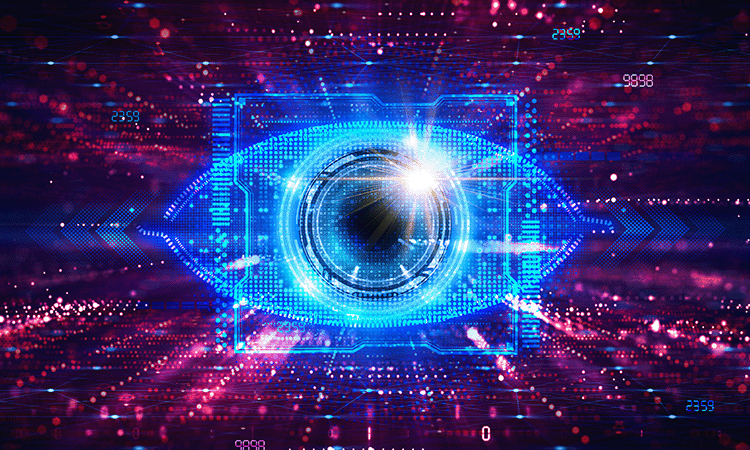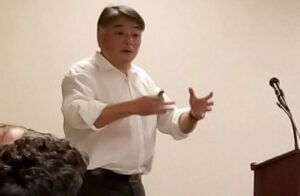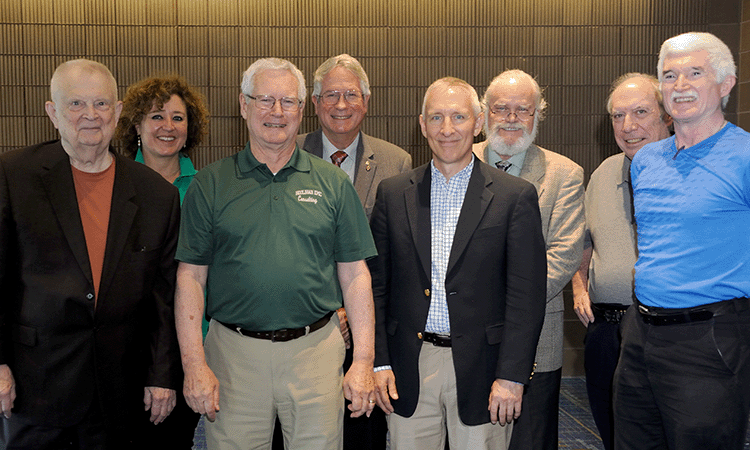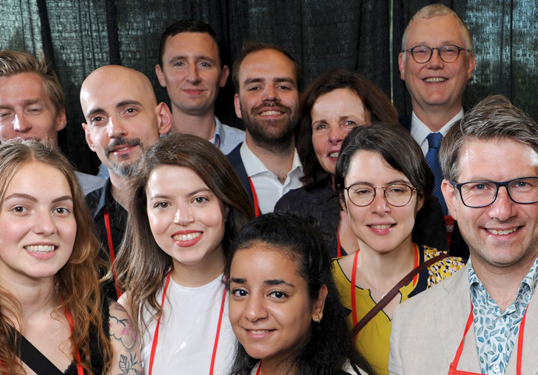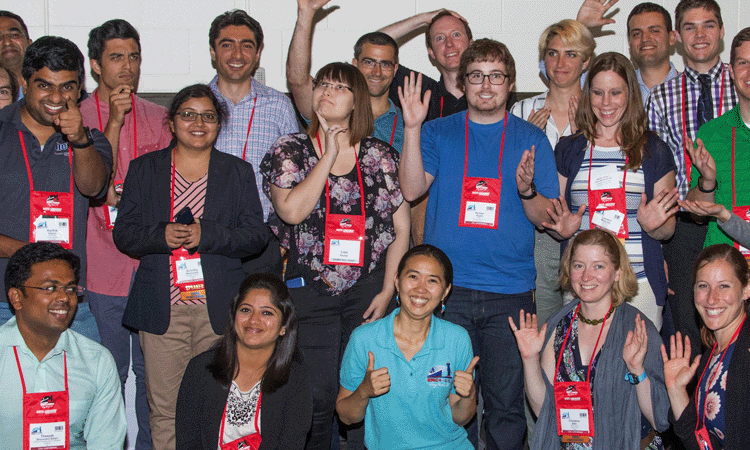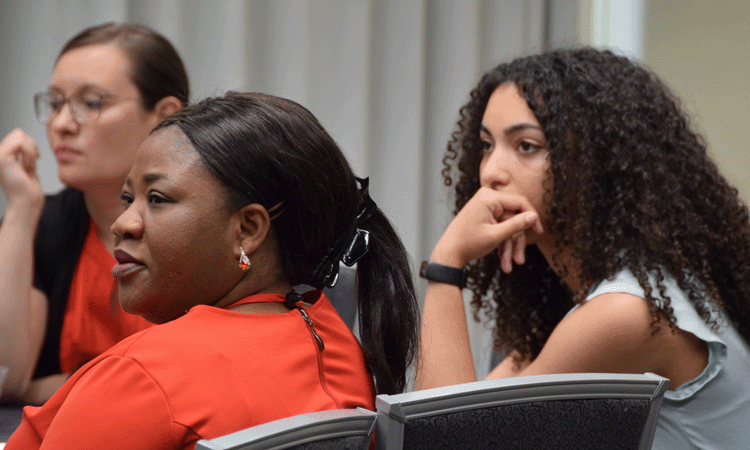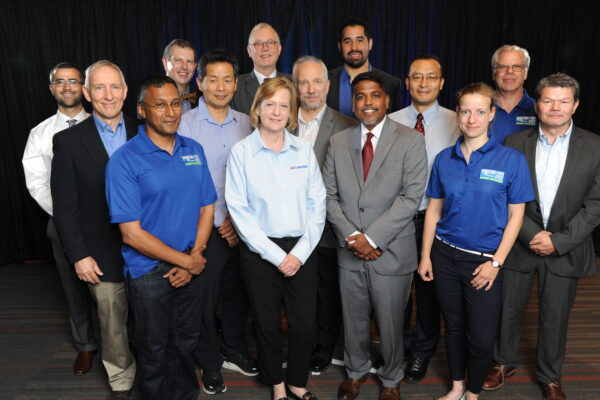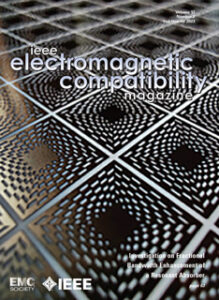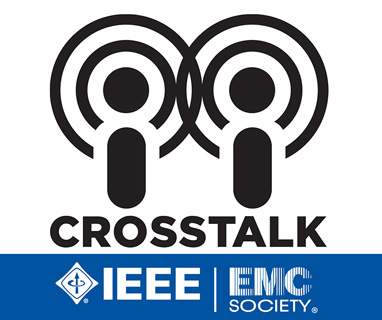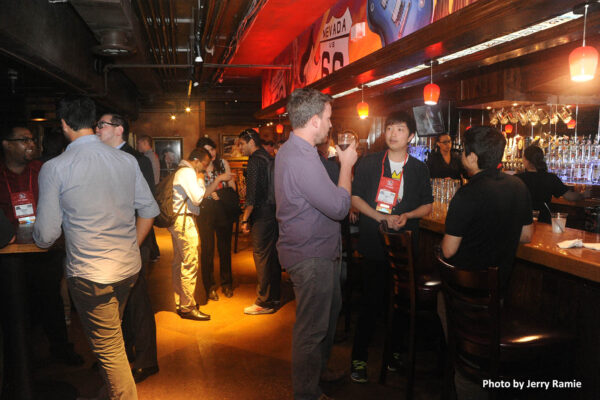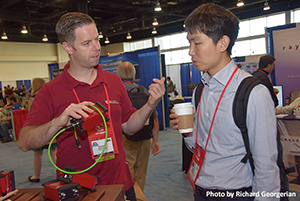
Distinguished Lecturer
Dr. Benoit Derat
Distinguished Lecturer
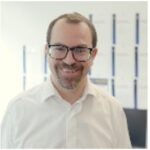
About Dr. Benoit Derat
Term 2024-2025
Senior Director for Systems Developments and Project Implementations, Rohde & Schwarz, Munich
Benoit.Derat@rohde-schwarz.com
Benoit Derat received the Engineering degree from SUPELEC, in 2002, and the Ph.D. degree (Hons.) in physics from the University of Paris XI, in 2006. From 2002 to 2008, he worked at SAGEM Mobiles, as an Antenna Design and Electromagnetics Research Engineer. In 2009, he founded ART-Fi, which created the first vector-array specific absorption rate measurement system. He operated as the CEO and the President of ART-Fi, before joining Rohde & Schwarz, Munich, in 2017. He is currently the Senior Director of Engineering for Vector Network Analyzers, Electromagnetic Compatibility, Over-The-Air and Antenna Test applications. Dr. Derat is a Senior Member of the Antenna Measurement Techniques Association (AMTA) and a Distinguished Lecturer of the IEEE EMC Society (2024 – 2025). He is the author of more than 80 scientific journals and conference papers, and an inventor on more than 40 patents, with main focus in antenna systems near and far-field characterization techniques.
Talk 1: How Close Can Far-Field Be? Getting the Best Out of Your Measurement Range
Trends in modern wireless communications, including the use of massive MIMO and millimeter wave frequencies, have supported an increased deployment of electrically large antennas. This created technical and economic challenges as many EMC or regulatory tests require a far-field condition. This talk provides an overview of the recent findings in defining the shortest possible far-field test distance, depending on the size of the device under test, its operation frequency, the target metric and the upper bound acceptable measurement deviation. Practical ways are also described to determine the maximum antenna aperture size that can be tested in the far-field at a given frequency and for a maximum error, in an existing chamber with a defined range length.
Talk 2: The Antenna Digital Twin – When Measurements and Simulations Unite
Antenna or OTA measurements are blind. Knowing the detailed implementation of the device under test is not needed to realize them. They even include all production tolerances that might impact performance. However, measurements are limited to canonical test environments, e.g. in anechoic chambers. Simulations, on the contrary, can give access to electromagnetic fields in practically any scenario. Yet, simulations are only as good as the knowledge of the very details of the radiation source. What if one could unite the two and benefit from the combined strengths of experimental and numerical techniques? This talk shows how to enable this with the augmented OTA approach, involving the creation of an antenna digital twin, based on actual measured data. Practical applications are demonstrated, including field characterization inside the car and EMF assessments with virtual human models.
Talk 3: Performing OTA Measurements in an EMC Range – A Real or False Good Idea?
With the prolific increase in the need for Over The Air (OTA) Testing to validate the performance and reliability of wireless devices and their antenna performances in an automotive platform as an example, the natural question that arises among testers is “If I already have a large EMC test chamber that can accommodate full-vehicle test, would I be able to modify it to perform both EMC and OTA tests?”. Such a solution negates the need for additional space for a full-vehicle OTA only chamber and the costs associated with it. Even though the evaluation of unintended electromagnetic radiation phenomena (EMC) and intended radiation performance (OTA) have a lot in common, they also differ in many aspects. This talk highlights the requirements for both EMC and OTA chambers for a full-vehicle tests and the trade-offs that need to be considered if a chamber has to be made a dual-purpose test chamber.

